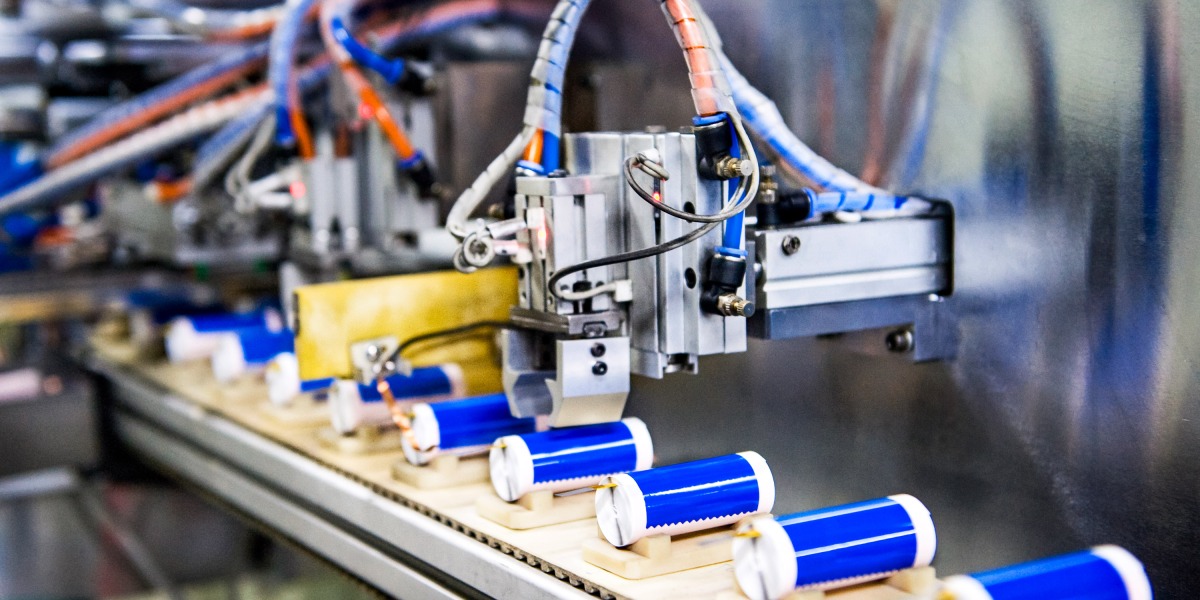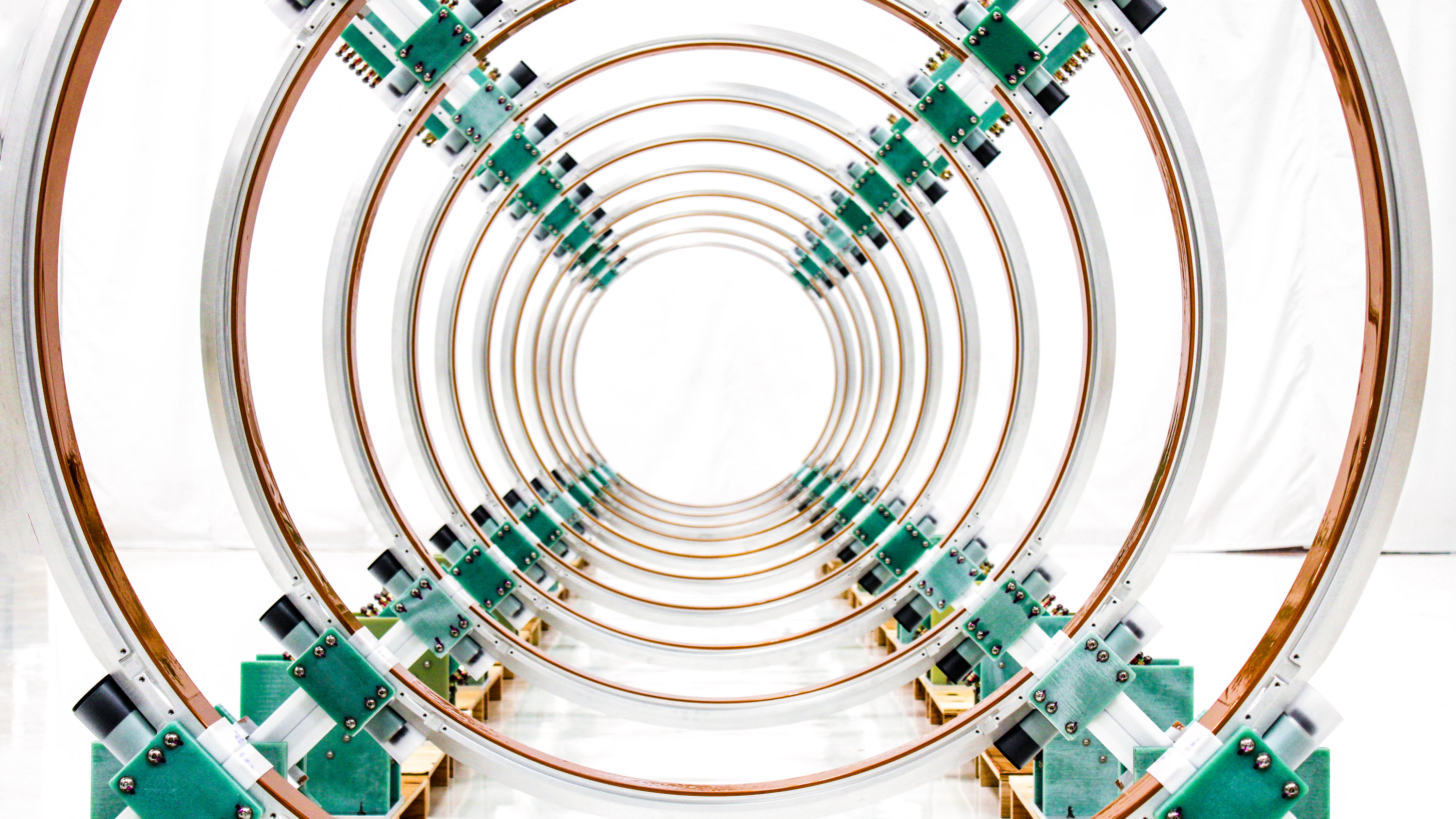Notifications
ALL BUSINESS
COMIDA
DIRECTORIES
ENTERTAINMENT
FINER THINGS
HEALTH
MARKETPLACE
MEMBER's ONLY
MONEY MATTER$
MOTIVATIONAL
NEWS & WEATHER
TECHNOLOGIA
TV NETWORKS
VIDEOS
VOTE USA 2026/2028
INVESTOR RELATIONS
DEV FOR 2025 / 2026
ALL BUSINESS
COMIDA
DIRECTORIES
ENTERTAINMENT
FINER THINGS
HEALTH
MARKETPLACE
MEMBER's ONLY
MONEY MATTER$
MOTIVATIONAL
NEWS & WEATHER
TECHNOLOGIA
TV NETWORKS
VIDEOS
VOTE USA 2026/2028
INVESTOR RELATIONS
DEV FOR 2025 / 2026
About Me
 Latinos Media
Latinos Media Latinos Media provides all types of news feeds on a daily basis to our Members
Posted by - Latinos Media -
on - May 11, 2023 -
Filed in - Technology -
-
496 Views - 0 Comments - 0 Likes - 0 Reviews

This article is from The Spark, MIT Technology Review’s weekly climate newsletter. To receive it in your inbox every Wednesday, sign up here.
Buckle up, because this week, we’re talking about batteries.
Over the past couple of months, I’ve been noticing a lot of announcements about a new type of battery, one that could majorly shake things up if all the promises I’m hearing turn out to be true.
The new challenger? Sodium-ion batteries, which swap sodium for the lithium that powers most EVs and devices like cell phones and laptops today.
Sodium-ion batteries could squeeze their way into some corners of the battery market as soon as the end of this year, and they could be huge in cutting costs for EVs. I wrote a story about all the recent announcements, and you should give it a read if you’re curious about what companies are jumping in on this trend and what their plans are. But for the newsletter this week, let’s dig a little bit deeper into the chemistry and consider what the details could mean for the future of EV batteries.
Top dogOne of the reasons that lithium dominates batteries today is absolutely, maddeningly simple: it’s small.
I mean that in the most literal, atomic sense. Lithium is the third-lightest element, heavier than only hydrogen and helium. When it comes down to it, it’s hard to beat the lightest metal in existence if you’re trying to make compact, lightweight batteries.
And cutting weight and size is the goal for making everything from iPhones to EVs: a lightweight, powerful battery means your phone can be smaller and your car can drive farther. So one of the primary ways we’ve measured progress for batteries is energy density—how much energy a battery can pack into a given size.
When you look at that chemical reality, it’s almost no wonder that lithium-ion batteries have exploded in popularity since their commercial debut in the 1990s. There are obviously other factors too, like lithium-ion’s ability to reach high voltages in order to deliver a lot of power, but the benefit of being lightweight and portable is hard to overstate.
Lithium-ion batteries have also benefited from being the incumbent. There are countless researchers scouring the world for new materials and new ways to build lithium-ion cells, and plenty of companies making them in greater numbers—all of which adds up to greater efficiencies. As a result, costs have come down basically every year for decades (with the notable exception of 2022).
And at the same time, energy density is ticking up, a trend I’m personally grateful for because I often forget to charge my phone for days at a time, and it typically works out much better when that happens now than it did a few years ago.
Branching outBut just because lithium-ion dominates the battery world today doesn’t mean it’ll squash the competition forever.
I’ve written about the growing number of options in the battery industry before, mostly in the context of stationary storage on the electrical grid. This is especially important in the transition to intermittent renewable energy sources like wind and solar.
While backup systems tend to use lithium-ion batteries today since they’re what’s available, many companies are working to build batteries that could eventually be even cheaper and more robust. In other words, many researchers and companies want to design batteries specifically for stationary storage.
New batteries could be made with abundant materials like iron or plastic, for example, and they might use water instead of organic solvents to shuttle charge around, addressing lingering concerns about the safety of large-scale lithium-ion battery installations.
But compared to stationary storage, there are fewer candidates that could work in EV batteries, because of the steep demands we have for our vehicles. Today, most of the competition in the commercial market is between the different flavors of lithium-ion batteries, with some lower-cost versions that don’t contain cobalt and nickel gaining ground in the last couple of years.
That could change soon too, though, because just below lithium on the periodic table, a challenger lurks: sodium. Sodium is similar to lithium in some ways, and cells made with the material can reach similar voltages to lithium-ion cells (meaning the chemical reactions that power the battery will be nearly as powerful).
And crucially, sodium-based batteries have recently been cramming more energy into a smaller package. In 2022, the energy density of sodium-ion batteries was right around where some lower-end lithium-ion batteries were a decade ago—when early commercial EVs like the Tesla Roadster had already hit the road.
Projections from BNEF suggest that sodium-ion batteries could reach pack densities of nearly 150 watt-hours per kilogram by 2025. And some battery giants and automakers in China think the technology is already good enough for prime time. For more on those announcements and when we might see the first sodium-battery-powered cars on the road, check out my story from yesterday.
Related readingHere’s how sodium batteries could get their start in EVs.
I wrote about the potential for this sort of progress in a story from January about what we might see for batteries this year.
Sodium could be competing with low-cost lithium-ion batteries—these lithium iron phosphate batteries figure into a growing fraction of EV sales.
Take a tour of some other non-lithium-based batteries:
 The electromagnetic coils that will be used in Polaris.
The electromagnetic coils that will be used in Polaris.
A startup says it’ll be ready to turn on the world’s first fusion power plant in five years. Yes, you read that right: five years.
Helion Energy, a fusion startup backed by OpenAI’s Sam Altman, announced today that it’s lined up an agreement to sell electricity to Microsoft. The company says its first plant will come online in 2028 and will reach full capacity (50 megawatts of output) within a year after that.
As you might remember, the energy world reached a huge milestone in December when a fusion reaction generated more energy than what was put in to start it. But for a lot of reasons, that symbolic moment doesn’t necessarily mean cheap fusion power is within our grasp. And some experts are pretty skeptical about Helion’s announcement. Read more about the details in this story from my colleague James Temple.
Keeping up with climateNeed a few extra miles of range on your EV? Might as well slap some solar panels on the roof. But don’t expect too much of a boost. (Bloomberg)
For the first time in my entire life, I seem to be experiencing seasonal allergies. And climate change might have something to do with it. (The Atlantic)
Companies might be overselling the potential for so-called “renewable natural gas.” While it can cut emissions relative to fossil sources, critics worry that putting too much stock in methane made from cow manure or food scraps will slow efforts to ditch fossil fuels. (Canary Media)
\u2192 I wrote earlier this year about how the process to make and capture methane from food scraps works. (MIT Technology Review)
Aubrey Plaza is hilarious and a gift to this world, but some people aren’t so happy about a recent ad she did for the dairy industry that takes aim at plant-based milks. (Vox)
India might stop adding new coal power plants to the pipeline. While this wouldn’t stop all current construction, it could be a major boost to the country’s emissions cuts. (Reuters)
A lot of the work to improve battery performance has been basically focused on one half of the device: the cathode. But some companies are working hard to improve the often-overlooked anodes by using silicon. (IEEE Spectrum)
\u2192 Silicon anodes from startup Sila made their debut in fitness trackers nearly two years ago. The next stop? EVs. (MIT Technology Review)
Support for nuclear power in the US just reached its highest level in over a decade, according to a new Gallup poll. (Grist)
Electric vehicles made up 80% of Norway’s new car sales last year. The country provides a picture of the potential future for electrified transport’s benefits (cleaner air!) and challenges (long charging lines). (New York Times)